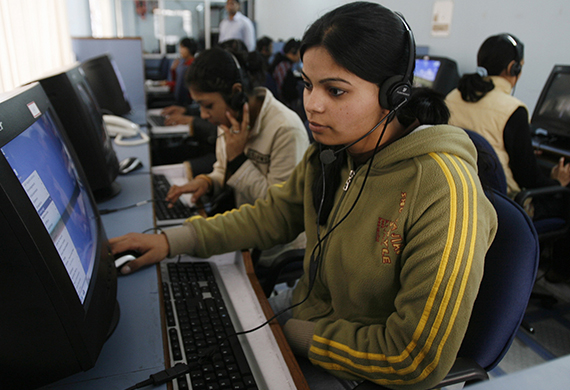
More Women than Men Work Part-Time: National Statistical Office
By: WE Staff | Wednesday, 20 July 2022
During the years 2017–18–2019–20, female employment rates for the age groups of 25–49 living in households with at least one kid under the age of three were lower than those of females living in households without any children under the age of three. According to the most recent employment indicators provided by the National Statistical Office on Tuesday, the presence of a kid under the age of 3 in the household does not appear to have any impact on the employment rate of males.
Additionally, across all age categories, in both rural and urban locations, more women than men work part-time.
According to the NSO's Working Paper on Compilation of Labour Indicators of Minimum Set of Gender Indicators, the proportion of employed people working part-time in the 46-59 years old age group at the national level was more than 10% from 2017–18 to 2019–20, while it was more than 15% in the over 60 years old age group.
“There has been rapid growth in part-time work in the past few decades in developed economies. This trend is related to the increase in female labour force participation, but also results from policies attempting to raise labour market flexibility in reaction to changing work organisation within industries and to the growth of the services sector. Of concern to policymakers in the apparent move towards more flexible working arrangements is the risk that such working arrangements may be less economically secure and less stable than full-time employment,” it said.
In India's working-age population (15+ years), rural females make up 23–24% of part-time workers, compared to 7% of rural men throughout the period from 2017–18 to 2019–20. It is between 15 and 16 percent for urban females working part-time in the same age group at the national level, compared to 3 to 4 percent for urban males over the same time.
According to the survey, there are more men and urban women in the 60+ age bracket who work part time as a percentage of all employed people in both rural and urban locations.
According to the article, part-time employment has been encouraged in developed nations by policymakers in an effort to redistribute working hours in high unemployment areas, thereby reducing politically sensitive unemployment rates without necessitating an increase in the overall number of hours worked.
In the age range of 26 to 49 years, the employment rate of employees who reside in a family without a kid under the age of three years increased to 61.2 percent in 2019–20 from 58.37 percent in 2017–18 and 59.6 percent in 2018–19.
In the 15+ age group, the proportion of employed people who are also employers was 2.02% in 2019–20, down from 2.17% in 2018–19 but up from 1.91% in 2017–18.


.jpg)



